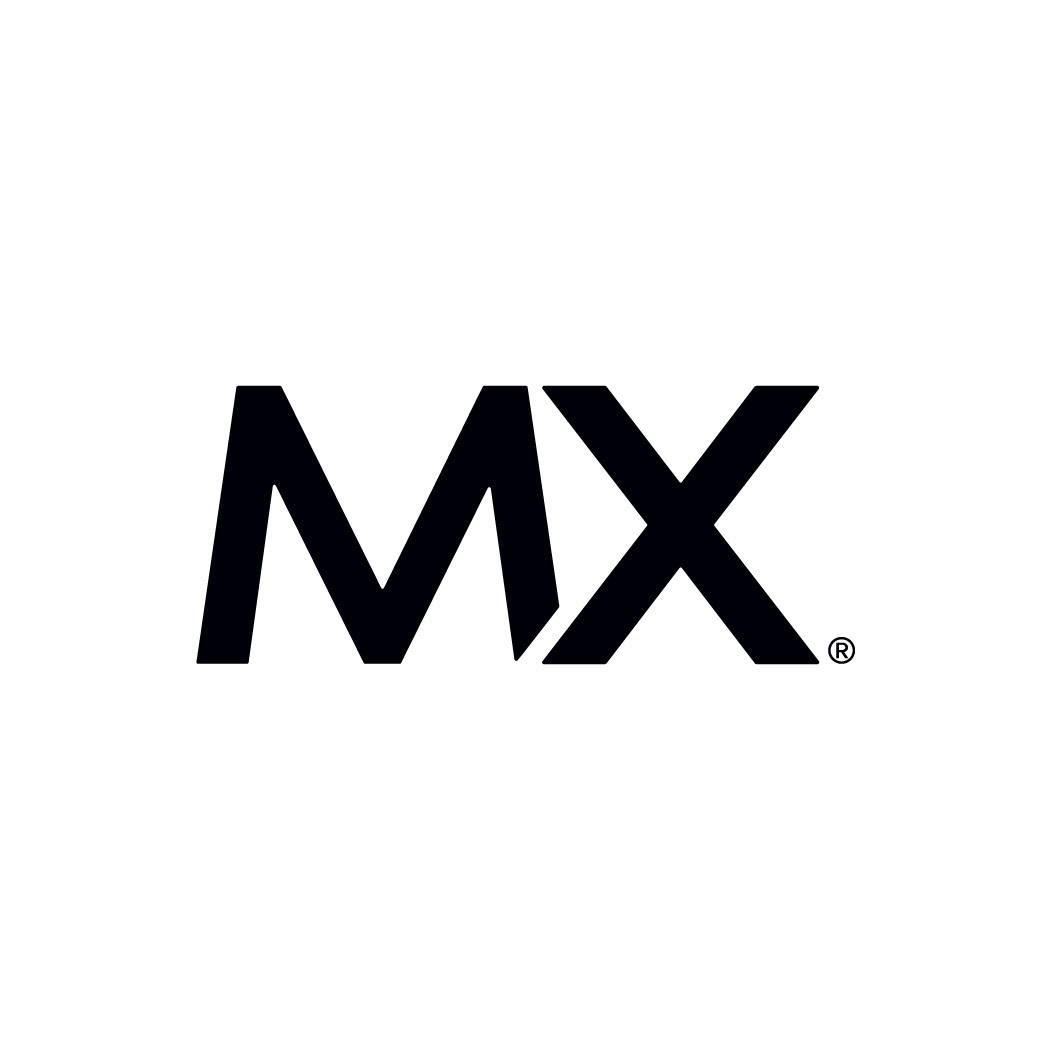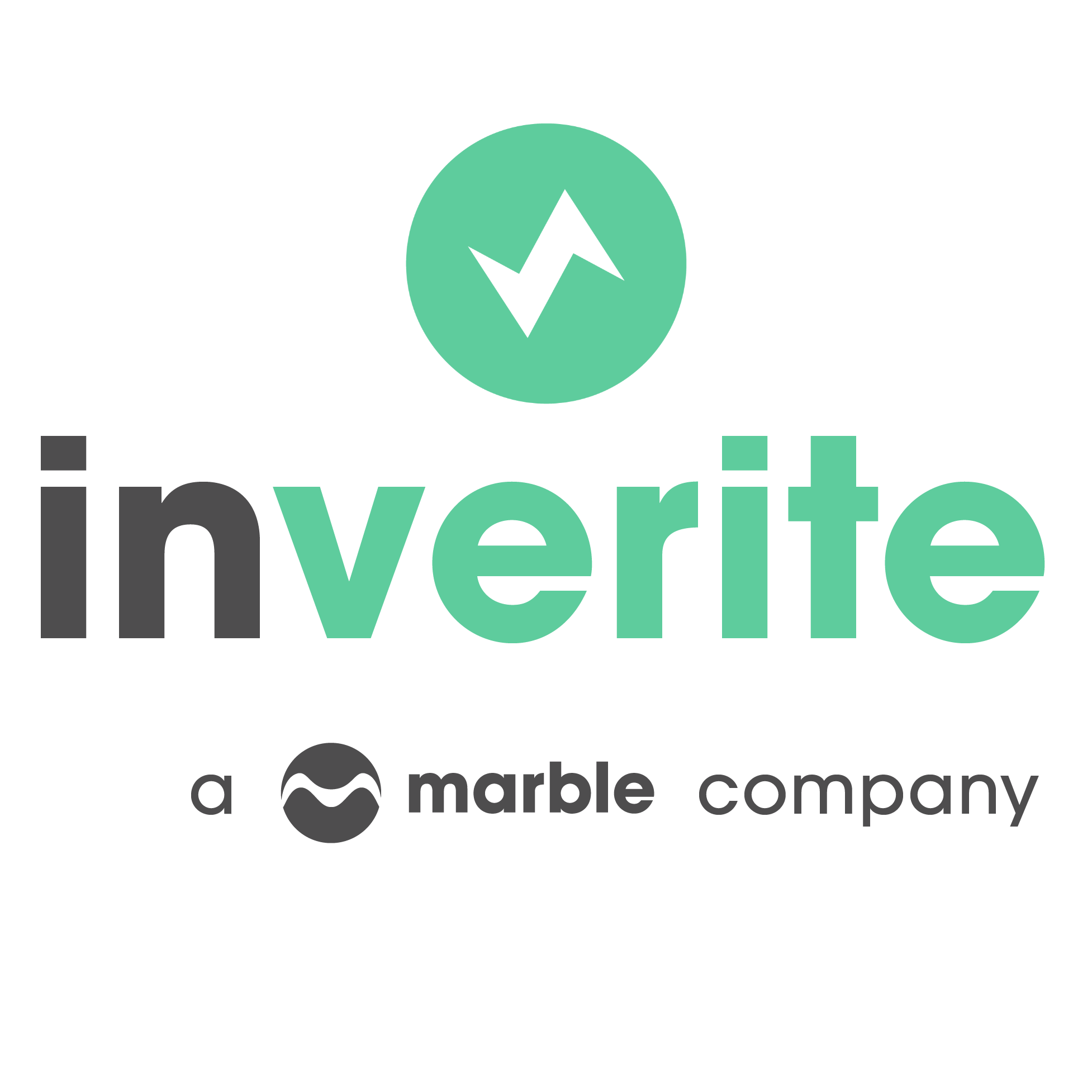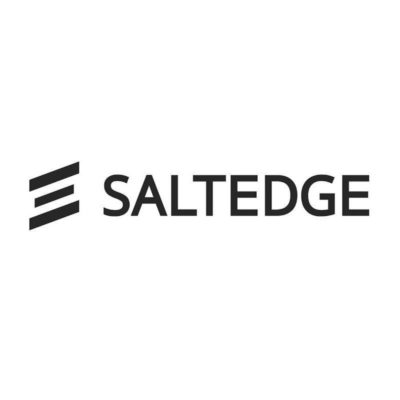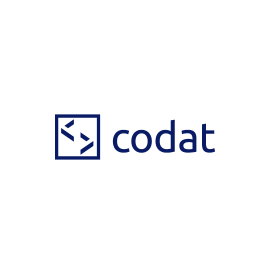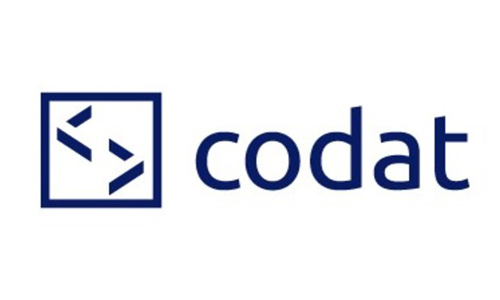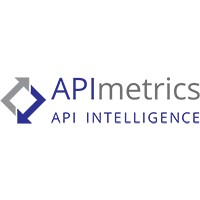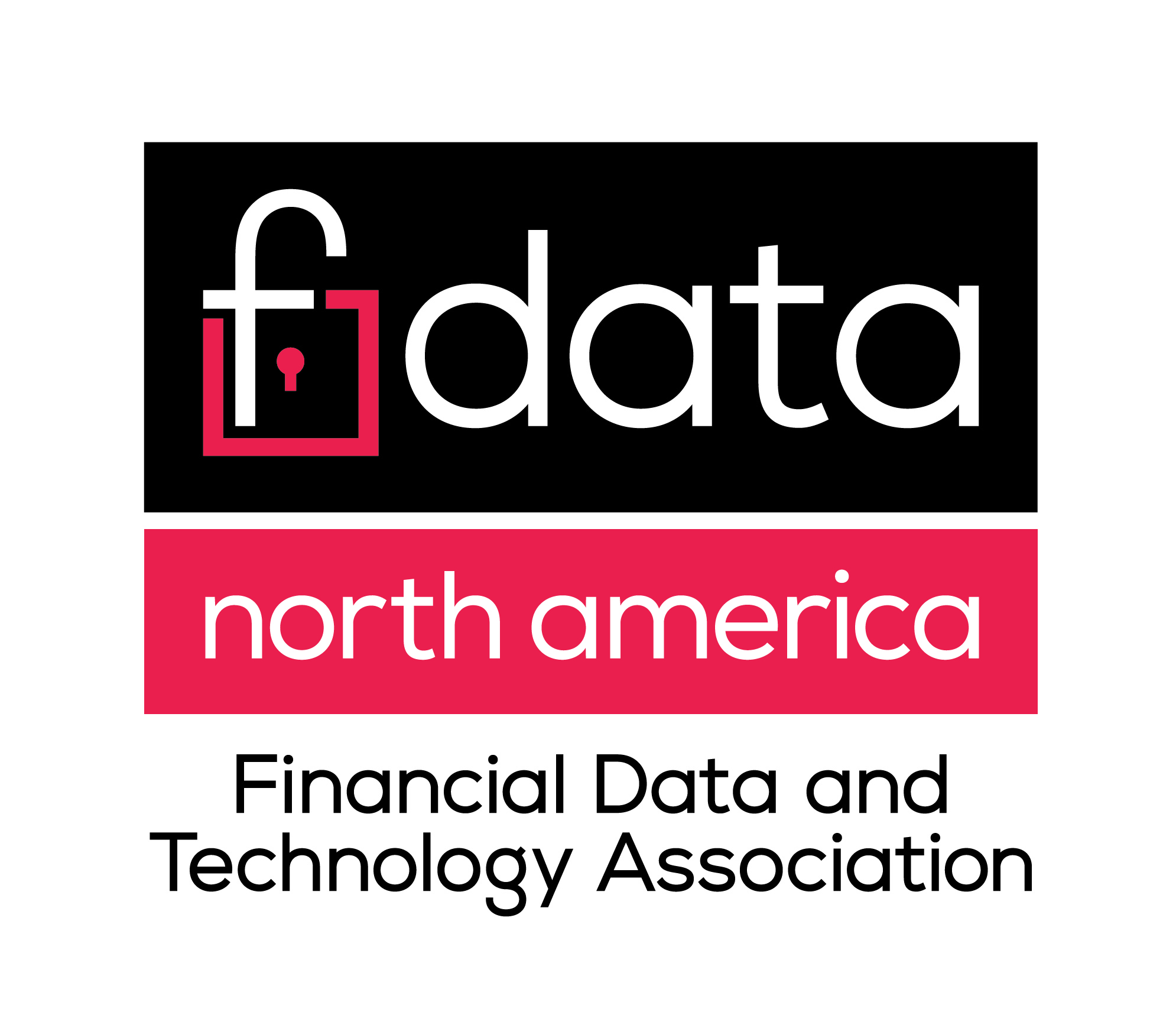
Founded in 2010, MX helps organizations everywhere connect to consumers’ financial data to deliver intelligent and personalized money experiences. MX leads the industry with the most secure, reliable and direct API connections to the world’s top financial institutions using the most advanced AI and machine learning enhancement engine to categorize transaction data with 98 percent coverage. By connecting with 16,000 financial institutions and fintechs, MX provides the industry’s most reliable and secure data connectivity network reaching more than 200 million consumers worldwide.
MX has been a leader in the open banking movement in North America with their approach to modern connectivity. Chief Advocacy Officer, Jane Barratt, explained to Bankrate, “Open banking isn’t something that you only need once when you apply for a mortgage. It means you can use the data that you have, it’s yours, and [you can] share it with companies that can help you improve your financial health. Whether it’s access to cheaper forms of credit, use different money management tools or whether it’s to set up direct payments. There are [numerous things you can do to make] your money more automated and it is all based on data availability.”
With the launch of MXaccess, MX provides an open finance API platform for banks, credit unions, digital banks and digital banking providers. MXaccess improves the data sharing experience for customers by removing friction and frustration due to broken connections caused by screen scraping and provides a transparent and secure method to share data.
In addition to improving the data sharing experience for the financial industry’s ecosystem, Tearsheet recently honored MX with its Best Aggregator/Fintech Partnership Award for 2021. MX won the award for its work with FormFree, a technology company that improves lenders’ ability to make more informed decisions about borrowers and minimizes lenders’ risk via a seamless loan application experience for borrowers. By using MX’s modern connections, the average aggregation time for FormFree connections fell 89 percent, declining from an average of 3 minutes and 30 seconds to just 22 seconds. This improvement boosted FormFree’s revenue by 15 percent.
MX’s CEO Ryan Caldwell has made it clear that MX is on a mission to improve the financial ecosystem by increasing trust, managing risk and enabling the exchange of customer data to improve outcomes and financial health. Last year, Caldwell explained to KSL.com that 80 percent of the U.S. workforce lives paycheck to paycheck causing individuals and families to feel “real pain” and serious stress. MX is helping ease that pain by working with traditional financial institutions and fintechs to aggregate accounts and credit cards into one platform making it easier for individuals and families to make data-driven decisions and become financially strong.

